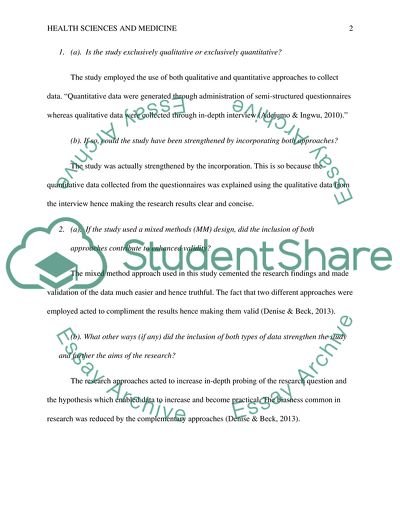Nurses Use of Water-Filled Gloves in Preventing Heel Pressure Ulcer in Essay. https://studentshare.org/nursing/1866371-use-of-water-filled-gloves-in-preventing-heel-pressure-ulcer
Nurses Use of Water-Filled Gloves in Preventing Heel Pressure Ulcer in Essay. https://studentshare.org/nursing/1866371-use-of-water-filled-gloves-in-preventing-heel-pressure-ulcer.


